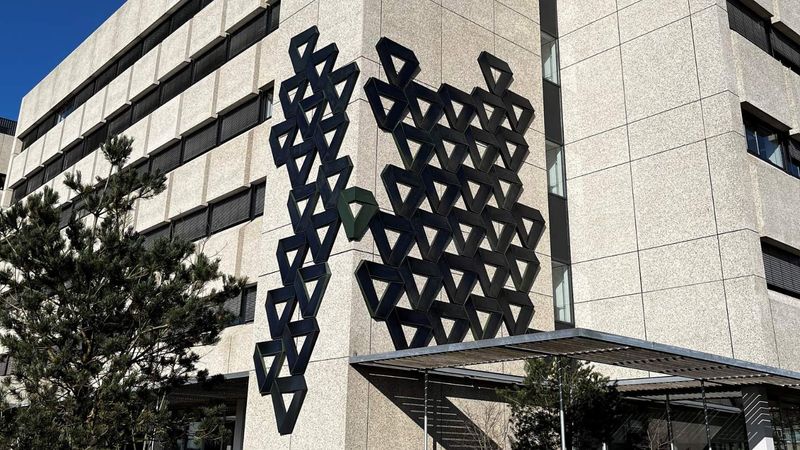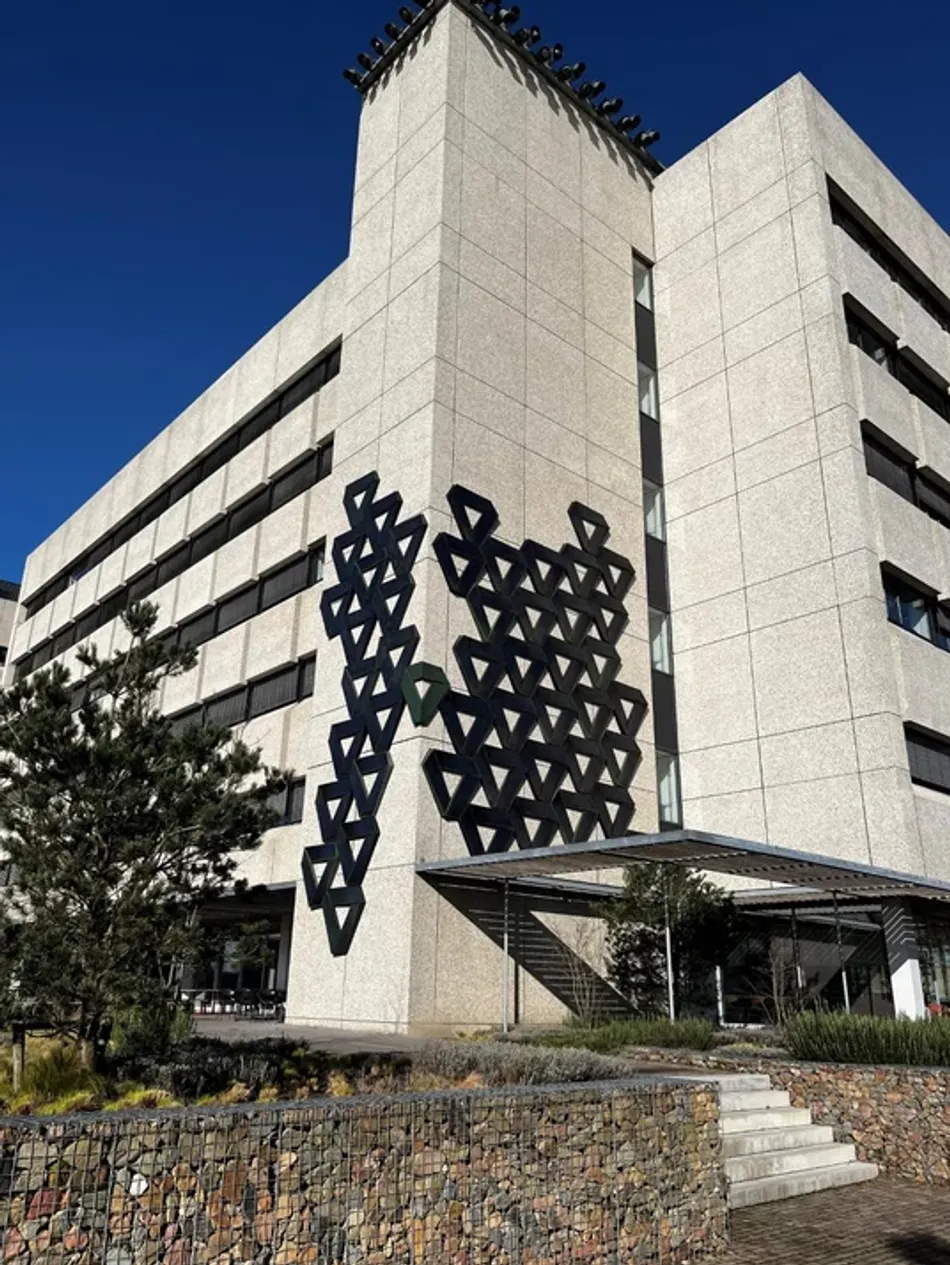Creative ivy-shaped solar panel system against facade on the High Tech Campus Eindhoven
Will we soon be able to turn our homes and business premises into one big solar panel? This future is getting closer thanks to a special collaboration between TNO, Inbo Architects, Van der Leegte Werkt, Flexipol, and High Tech Campus Eindhoven.
This article was first published on
blog.hightechcampus.comThis article was discussed in our Next Byte podcast.
The full article will continue below.
Will we soon be able to turn our homes and business premises into one big solar panel? This future is getting closer thanks to a special collaboration between TNO, Inbo Architects, Van der Leegte Werkt, Flexipol, and High Tech Campus Eindhoven. A creative solar panel system was integrated into the façade of building HTC 5 at the High Tech Campus Eindhoven. Installed around the corner of the building, this high-tech 'ivy' consists of black and dark green 3D composite elements coated with 'thin film' solar cells. TNO researcher and project leader Wim Soppe states, ‘This project shows how we can clad various existing buildings in our landscape with visually appealing solar panels, enabling us to generate more solar energy.’
The system is made up of 50 triangular façade panels that together form a kind of ‘ivy’. This design is based on the clinging plant that grows up walls or fences. Its basic aim was to show the complexity of a 3D bent and curved shape. The total system has a capacity of 6.5 kilowatt peak.
Cooperation
The project was carried out by a consortium of several parties. TNO is the project leader and manufactured the solar panels with Van Der Leegte Werkt. INBO Architects provided the design and the composite elements were delivered by Flexipol Composites. HTCE Site Management facilitated the building and permits. The design and construction of the system took a year. Now, it will be monitored extensively for another year to measure the yield under various conditions.
More surfaces for energy generation
Great strides have been made to incorporate solar cells into surfaces and objects quickly, flexibly, and affordably. Façade modules with designs chosen by the users are an attractive alternative to traditional panels on roofs. There is a total of some 2,200 square kilometres of façade area in the Netherlands, of which 660 square kilometres are suitable for generating solar energy. Altogether, a capacity of 58 gigawatt peak can be installed on façade area. To put that in perspective, in 2022 the capacity of all solar power installations in the Netherlands was 18.8 gigawatt peak. There’s more space on façades than on roofs and they have a better yield distribution over the day. This also reduces grid congestion.
Lots of variation possible
Solar panels can also be produced in a variety of sizes, shapes, colours, and transparency levels. Solar systems can therefore be adapted to any façade situation. This enables organisations to present themselves with an aesthetically pleasing façade, artwork, or logo, as in the case of HTCE. This is more attractive to look at and will provoke less resistance than the sight of standard solar panels. The varied designs may reduce the yield per panel, but on the plus side, many more surfaces in the built environment are suddenly able to generate solar energy. This could significantly boost the total amount of energy generated.
The project was made financially possible through a grant from the Ministry of Economic Affairs and Climate Policy and the Ministry of the Interior

